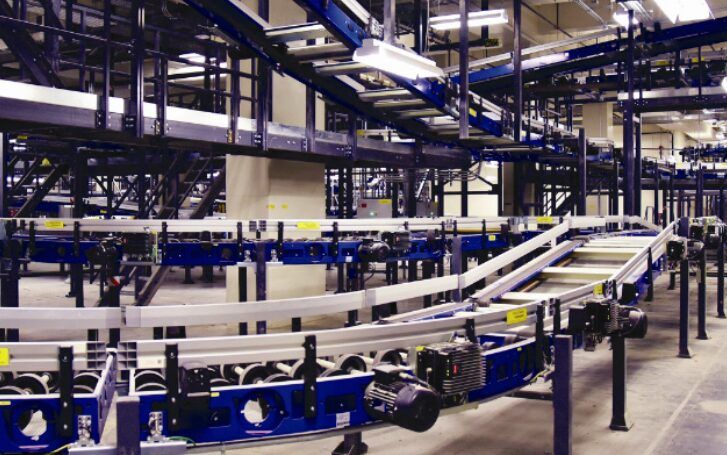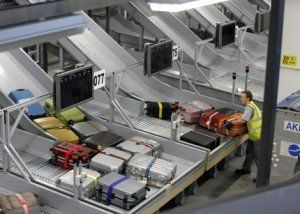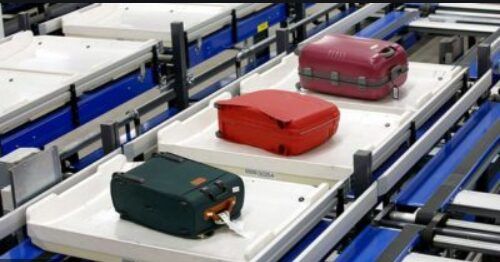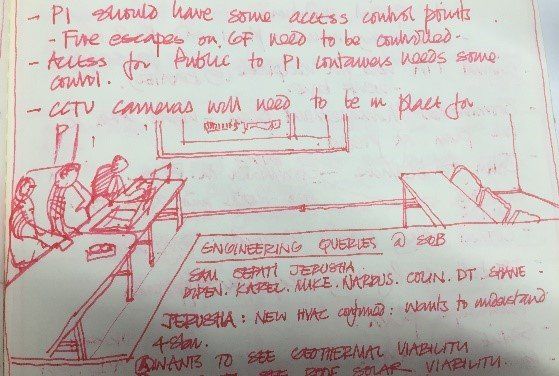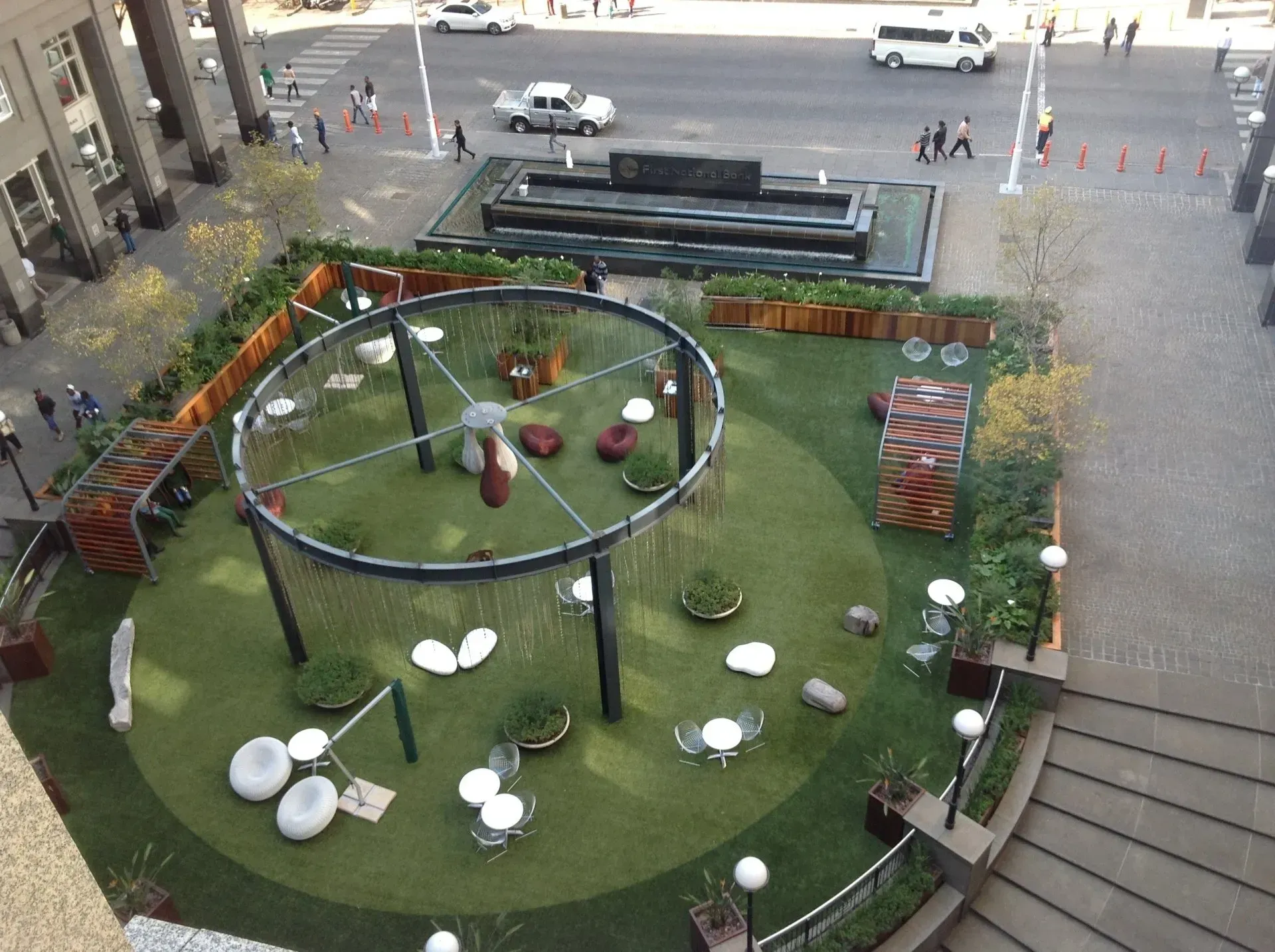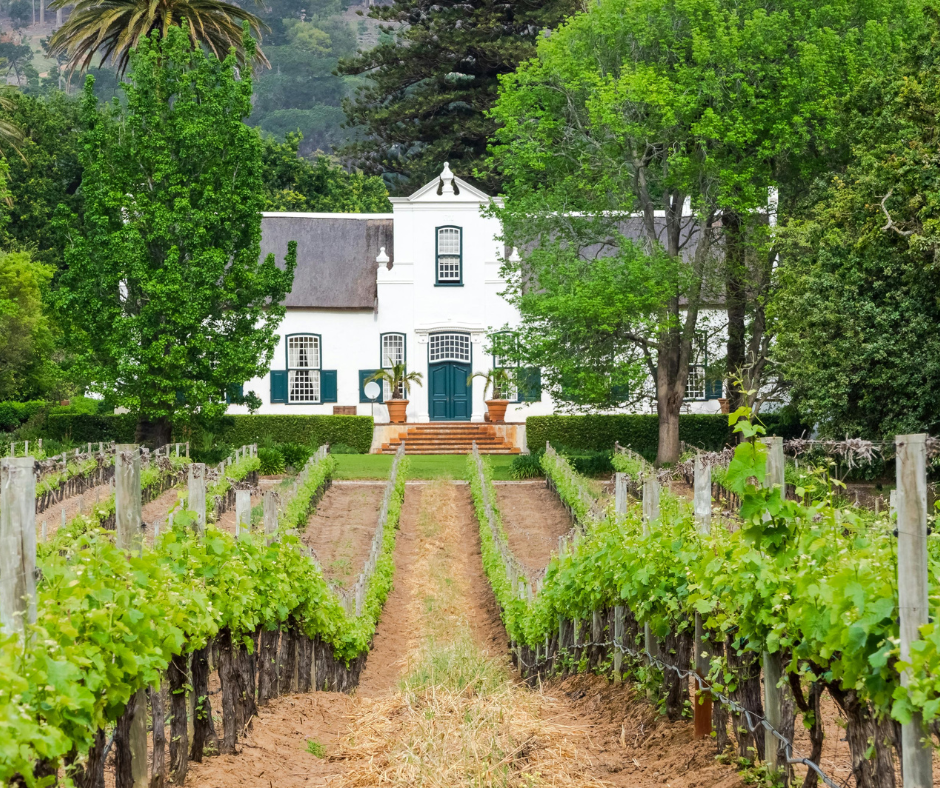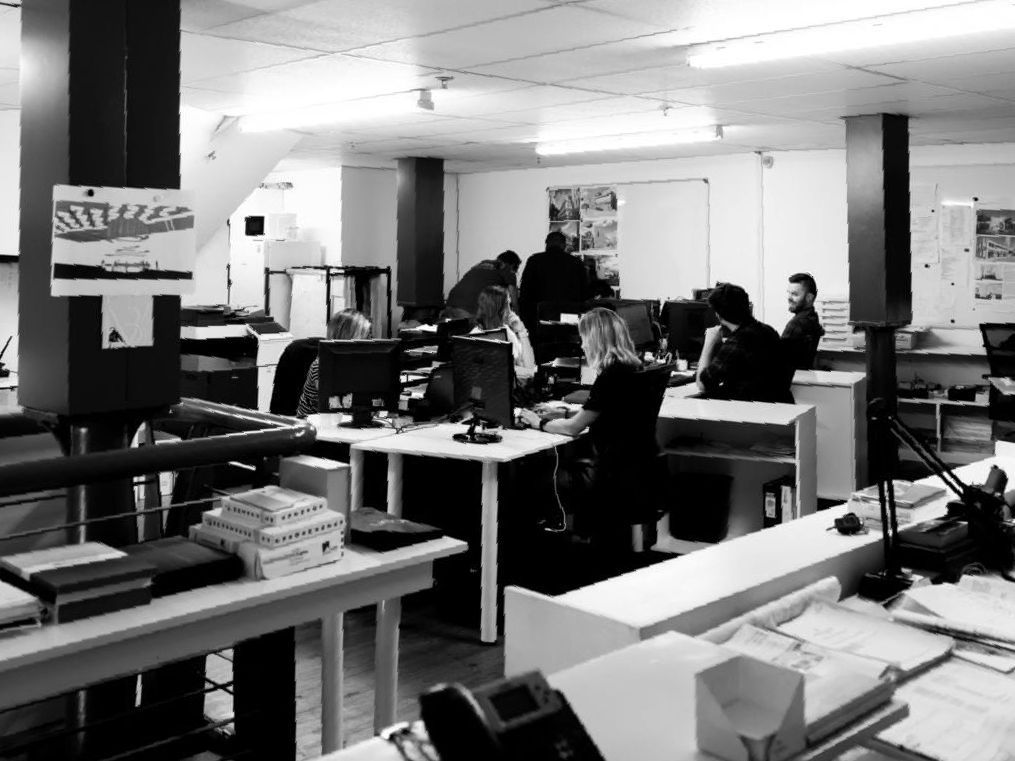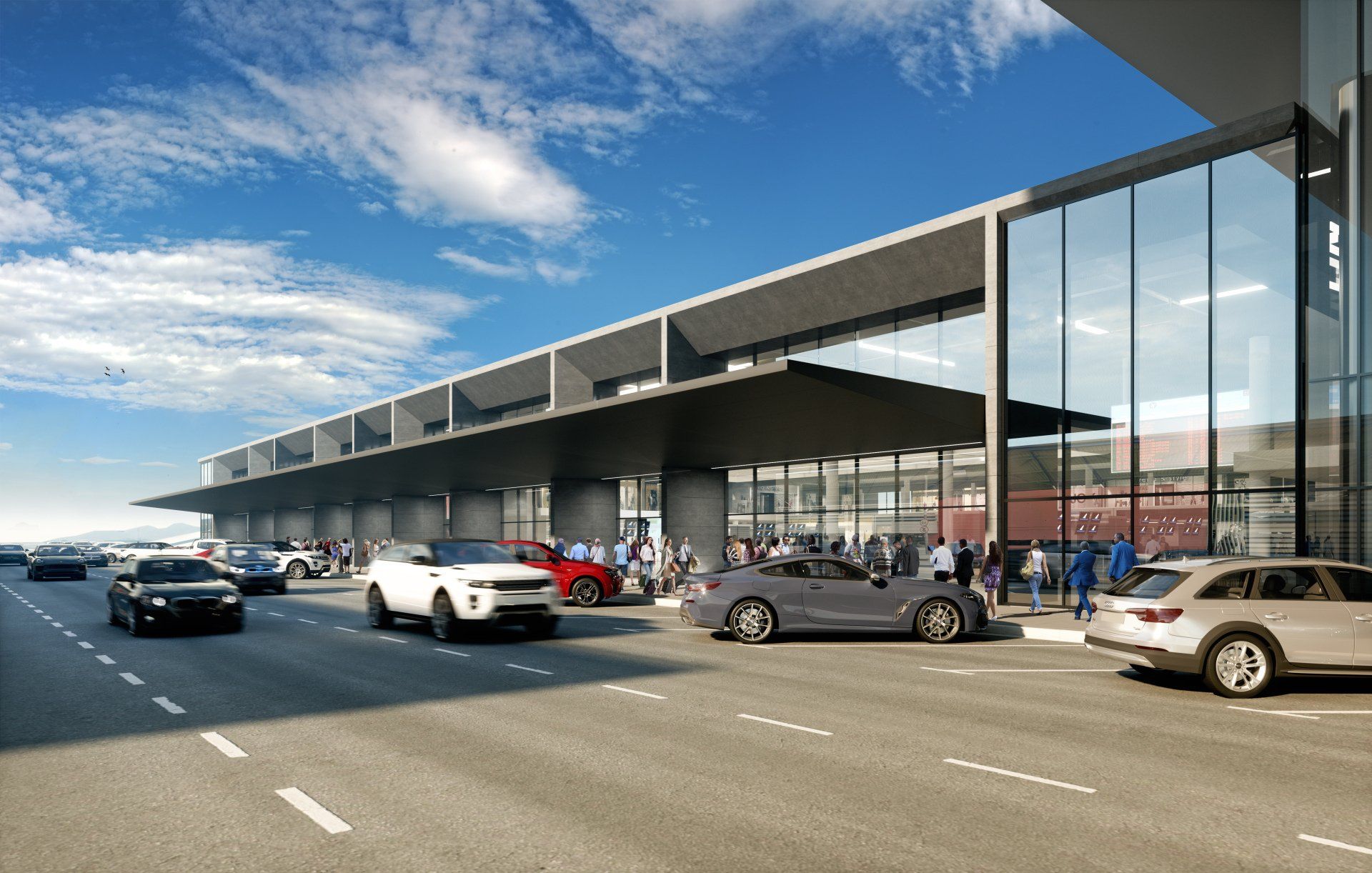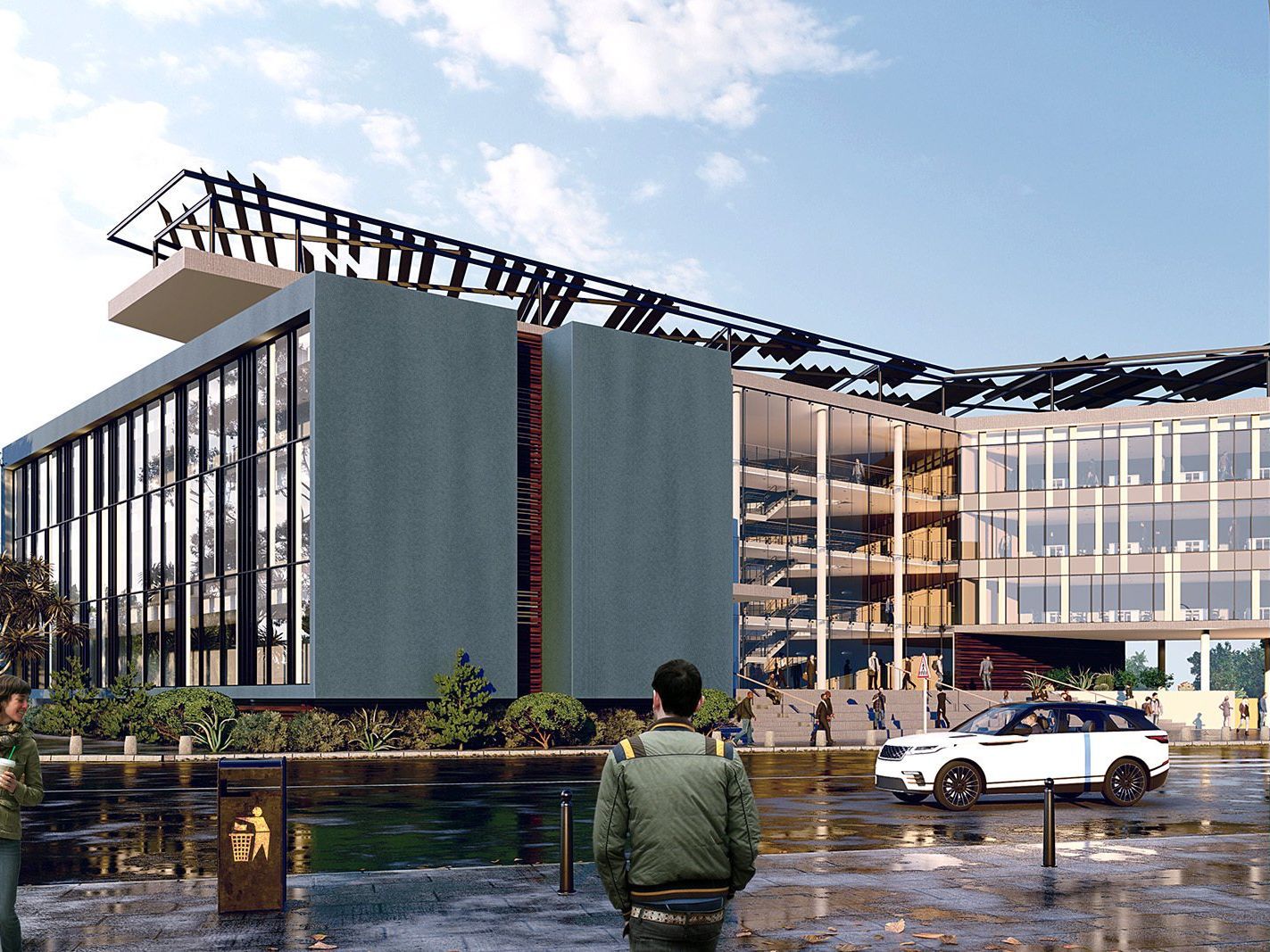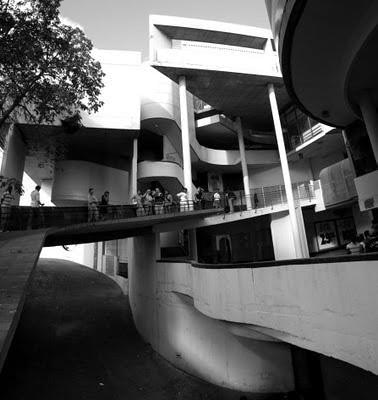The Importance of Stakeholder Engagement
Airports are probably one of the most complex project types that architects can engage in.
One reason for this complexity is that for most airport projects involving brownfield sites (i.e. where there is already an operating airport in place), it is vital to ensure that airport operations continue unabated during construction.
But another hugely important complication is that airports are inhabited by innumerable user groups, the Stakeholders. Each has input into the complex puzzle. And it’s a racing certainty that if you miss out an investigative process of any group’s requirements, your planning is going to experience heavy setbacks.
Cape Town International has not won its numerous awards as best Airport in Africa by chance. Apart from a very experienced team at the helm, the ethos of the importance of team interrelationship is carried right through the operation. Everybody talks to everybody. And we talked to them all.
So, right from the start of the project, and for close on six months, there was an almost daily interaction with one user group or another. Sometimes it was just us, as architects, in the meetings, but most meetings had other professional team members in attendance too. ACSA always had its own personnel guiding the discussions, and making sure there was a focus on the bigger picture.
There were something around +-100 Stakeholder Groups that we met with, and some of the meetings were revelations. These are just some of them.
Airport Income
At the start of the project, the CTIA management gave us an overview of how airports, and CTIA in particular, generate revenue. Unusually, in terms of quasi-government bodies in South Africa, ACSA is in some ways very autonomous, as it generates a lot of its own funding. This comes from landing fees in part, so the more traffic there is, the better for the airport coffers. But also importantly is the income stream earned through retail rental. Like any commercial proposition, location is key. And the best trading areas attract the higher rentals. So whether you are Woolworths or a handbag seller, your positioning will be crucial to your business success. So, at heart, airports are carefully managed shopping centers that happen to have aircraft next door.
Baggage Systems
For a mind blowing experience, go and have a look at what happens to your luggage from the time you book it in, to when you collect it at your destination.
As baggage security is paramount, there are multiple levels of security scans that each bag goes through. And a modern baggage handling system, usually unseen by the public, is a three-story, three-dimensional Rubik’s cube, with many moving parts. With modern computer modelling systems, conceiving of a baggage flow must be a lot easier than in the days of drawing boards and paper.
Trolleys
We recall a figure that CTIA had approximately 1000 trolleys, and on average each did over three journeys a day. So we had questions. Where do you keep them? How do you collect them? How do you transport them? And how do you service and clean them?
The problem with numerous trolleys is that they need space to move. And many need to pass through from Landside to Airside, and that’s a security breach.
Have you ever wondered about who finds those trolleys sitting in the remote corners of the airport? A modern answer is that trolleys are beginning to come equipped with geo-positioning devices. They call for help.
Immigration and Customs
Technologically, these functions can cause the most stress to travelers. CTIA manages to have most of its incoming flights land with gaps, but occasionally, due to a delay, two wide bodied aircrafts can land shortly apart – and then it’s interminable queues. And disgruntlement – a bad Welcome to South Africa, and evaporating excitement, are not good for tourism. So, countering such events are massive advances in technology, designed to process people faster – facial recognition, frequent flyer identification, fingerprint recognition, and e-gates.
Have you ever fumed about the fact that there are so many passengers, but so few officials? Don’t worry, it’s an international problem, but ACSA have developed some unique approaches to boosting the number of officials.
Green Building Requirement
Airports have unique energy needs, and CTIA wanted focus on power and water savings, and required a strategic approach to Green solutions. For example, as part of the old terminal demolition contract, 70 percent of the demolished material, by weight, is required to be recycled. Which has a price tag, but it needs to be known about at the time of tender.
Likewise, with water resources still being a sensitive topic in Cape Town, there are plans for an extensive sub-basement water reservoir.
Data and Fibre
This is pretty much an achilles heel with many older generation airports. Fibre requirements, and growing needs for data provision in the last twenty years, were often met with a haphazard approach to their positioning. Miles of fibre was installed, but with little record of where it was laid or what they connected with. Fibre is not like electrical wiring, which you can switch off. A few glass strands can control your security cameras, so you can’t just disconnect them. If any one service provision is more critical than any other, it is the fibre engineering. And it is often a service not accorded the respect it deserves. So fibre can often become very messy, as these images portray.
Deliveries
Every time you buy a coke, or have a meal in an airport, try and imagine how that commodity got to you. A truck delivered it from somewhere, it was stored somewhere, it was then carried somewhere, and then it was prepared. As Terminal T2 would include a basement for deliveries to come into, a full traffic analysis was undertaken. Part of this required careful analysis of security camera footage, analysing times of deliveries, and vehicle types, so that peak periods could be identifed. These could then be checked against the available vehicle space.
World Class
In addition to the concern for its Stakeholders, ACSA was very cogniscant of being at a world class level. Meetings and workshops with international aviation architects were held. Crowd Modelling was used to test the proposals and make sure there was no congestion at potential pinch points, and, on the retail side, a company with extensive international aviation experience was sought. All of this just makes for a project founded in confidence.
Conclusion
These are just some of the issues that stood out for us. Certain meetings had more importance than others, but in the overall scheme of things, there was not one meeting that was a waste of time. For all building projects, Design Scape place enormous value on getting the brief right. But with airports, one has to have a myriad of conversations before the brief even starts to form. You think you know where you are going, then one meeting can change the whole approach.
And in between meetings, one can always draw!
For more information about our innovative architectural services and on how we can assist you, get in touch with our team of professional architects and designers in Durban and Cape Town.

Cape Town
109 Waterkant Street
De Waterkant Cape Town
South Africa, 8001
Durban
Rydall Vale Office Park
Rydall Vale Crescent
Block 3 Suite 3
Umhlanga, 4019
Website design by Archmark


